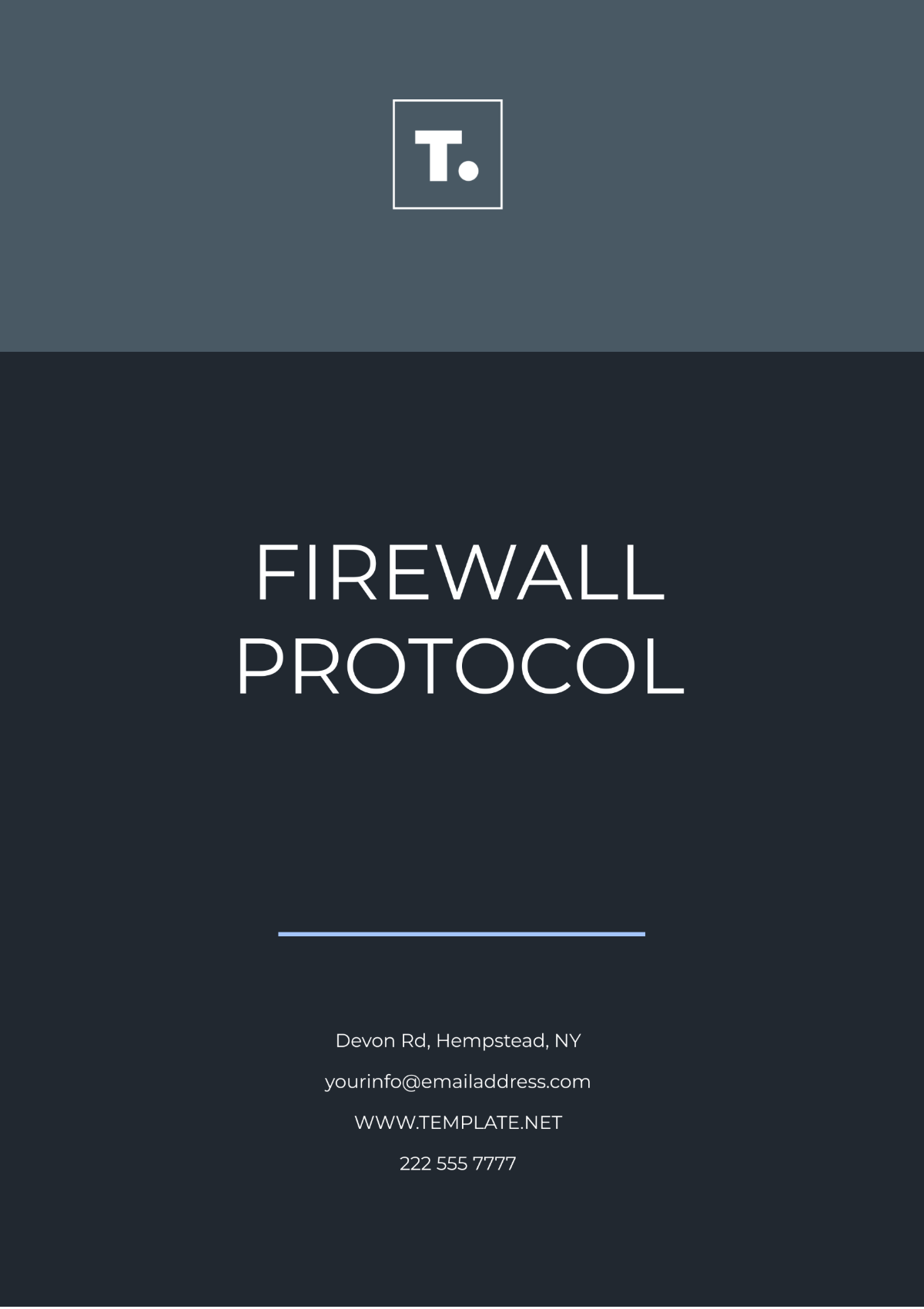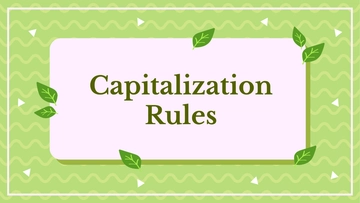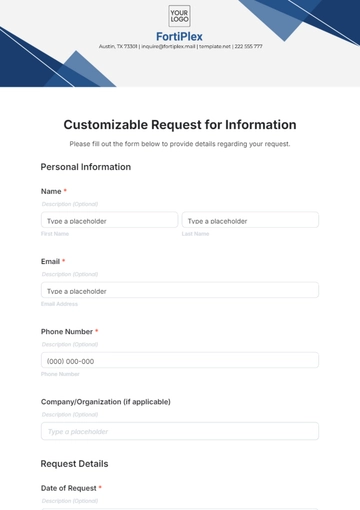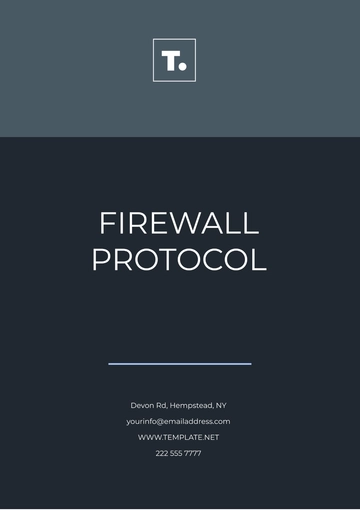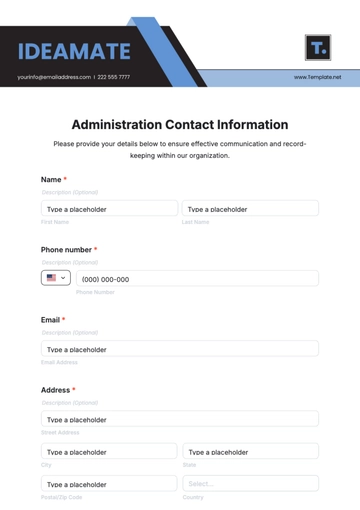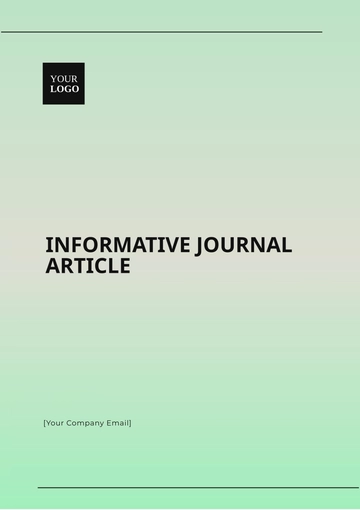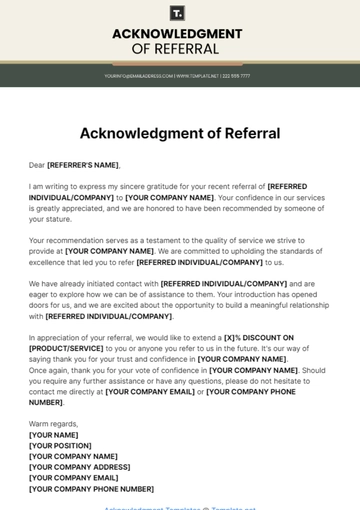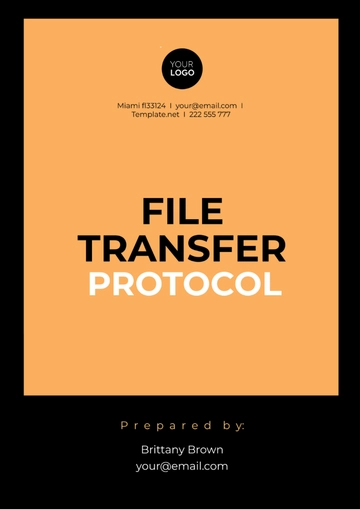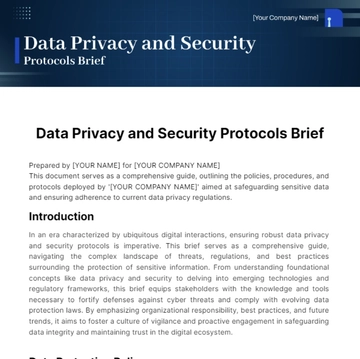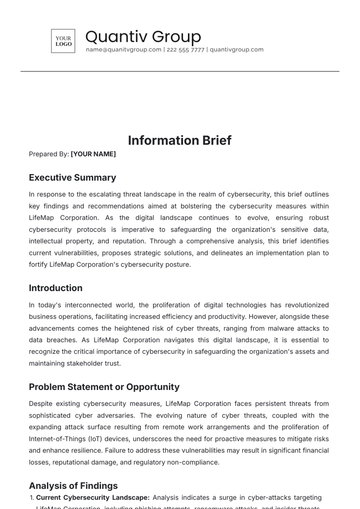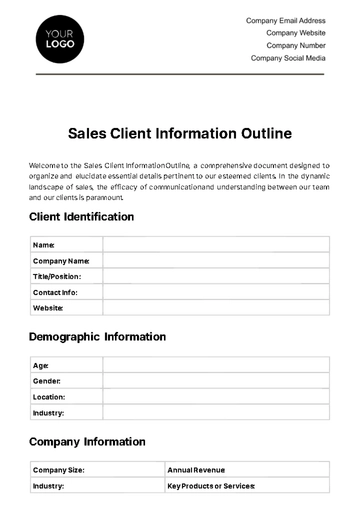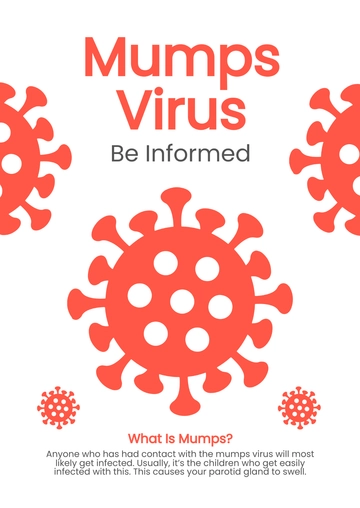Firewall Protocol Format
I. Introduction
In an increasingly digital world, maintaining secure access to network resources is paramount for organizations of all sizes. This Firewall Protocol Format outlines essential access control measures designed to protect sensitive data while ensuring that authorized users can efficiently navigate the network. Prepared with clarity and precision, this document serves as a crucial guideline for implementing effective firewall rules.
II. Prepared By
Prepared by: [YOUR NAME]
Email: [YOUR EMAIL]
Company Details:
Company Name: [YOUR COMPANY NAME]
Company Number: [YOUR COMPANY NUMBER]
Company Address: [YOUR COMPANY ADDRESS]
III. Firewall Access Control Protocol
The following table outlines the access control rules that govern network traffic and permissions:
Rule ID | Description | Source IP | Destination IP | Action |
|---|
1 | Allow access to HR resources | 192.168.1.0/24 | 10.0.0.10 | Allow |
2 | Deny access to finance systems | 0.0.0.0/0 | 10.0.0.20 | Deny |
3 | Allow guest Wi-Fi access | 192.168.2.0/24 | 0.0.0.0/0 | Allow |
4 | Block external FTP access | 0.0.0.0/0 | 10.0.0.30 | Deny |
5 | Allow access to admin panel | 192.168.1.50 | 10.0.0.40 | Allow |
6 | Allow access for remote work | 203.0.113.0/24 | 10.0.0.0/24 | Allow |
7 | Deny access to internal wiki | 192.168.1.0/24 | 10.0.0.50 | Deny |
8 | Allow video conferencing | 192.168.1.0/24 | 10.0.0.60 | Allow |
9 | Log all denied access attempts | 0.0.0.0/0 | 0.0.0.0/0 | Log |
IV. Conclusion
Establishing a robust access control protocol is vital for protecting organizational assets and ensuring compliance with security policies. By adhering to the guidelines outlined in this document, organizations can mitigate risks while enabling efficient access for authorized users. It is essential to periodically review and update these rules to adapt to emerging threats and organizational changes.
Protocol Templates @ Template.net
